Divya Narisudha
Divya Narisudha Tablet is a ayurvedic property medicine for Leucorrhoea in womens.
Benefits of Divya Narisudha
- Menorrhagia,
- Leucorrhoea,
- Post partum Female,
- Polycystic Ovarian Disease.
Ingredients of Divya Narisudha
Shatavar
Shatavari, scientifically known as Asparagus racemosus, is a popular herb in Ayurveda, the traditional system of medicine in India. It is also commonly referred to as “Indian asparagus” or “wild asparagus.” Shatavari is a member of the asparagus family and is native to India, Sri Lanka, and other parts of Asia.
The name “Shatavari” in Sanskrit translates to “a woman with a hundred husbands,” suggesting its traditional use in supporting women’s health and fertility. However, both men and women can benefit from its medicinal properties. Shatavari is known for its tuberous roots, which are used for various herbal preparations.
Shisham
Shisham, scientifically known as Dalbergia sissoo, is a large deciduous tree that is native to the Indian subcontinent. It is also commonly known as Indian rosewood or sissoo. Shisham belongs to the Fabaceae family and is highly valued for its durable timber and various traditional uses.
The Shisham tree can grow up to 25-30 meters in height and has a dense canopy of dark green foliage. Its leaves are compound, consisting of multiple leaflets. The tree blooms with small, fragrant flowers that are typically white or pale yellow in color. After pollination, it produces small pods that contain seeds.
Shisham is renowned for its timber, which is known for its strength, durability, and attractive grain patterns. The wood is commonly used in carpentry, furniture making, flooring, and for various decorative purposes. It is highly regarded for its resistance to decay, making it suitable for outdoor applications as well.
Jal jamini
Cocculus hirsutus, commonly known as the Snail Creeper or the Indian Balloon Vine, is a climbing vine that belongs to the family Menispermaceae. It is native to India and is also found in other parts of Southeast Asia. The plant derives its common name, Snail Creeper, from the coiled shape of its tendrils, which resemble a snail shell.
Cocculus hirsutus is a perennial plant with heart-shaped leaves and small, greenish-yellow flowers. It has a rapid growth rate and can quickly cover trellises, fences, or other supporting structures. The vine produces spherical fruits that resemble inflated balloons when they mature. These fruits contain seeds that are dispersed by wind or water, contributing to the plant’s spread.
Nagkesar
Nagkesar, also known as Mesua ferrea, is an evergreen tree that belongs to the family Clusiaceae. It is native to the Indian subcontinent and is primarily found in tropical and subtropical regions. Nagkesar is highly valued for its medicinal properties and has been used in traditional Ayurvedic and Chinese medicine for centuries.
The Nagkesar tree is a medium-sized tree that can grow up to 25 meters in height. It has dark green, glossy leaves and produces fragrant, white flowers that turn golden yellow as they mature. The flowers are star-shaped and have a prominent central stamen. After pollination, these flowers develop into ovoid fruits that contain seeds.
Gokharu
Gokharu, scientifically known as Tribulus terrestris, is a herbaceous plant that belongs to the Zygophyllaceae family. It is commonly known by various names, including puncture vine, caltrop, and Gokshura. Gokharu is native to tropical and subtropical regions and is found in different parts of the world, including Asia, Europe, Africa, and Australia.
The Gokharu plant is characterized by its small yellow flowers and spiky fruit, which is covered in sharp thorns. It has a sprawling growth habit and typically grows in sandy or rocky soils. The plant has a long history of traditional use in Ayurvedic and traditional medicine systems, where different parts of the plant are utilized for their potential health benefits.
Ashoka
Ashoka, scientifically known as Saraca indica, is a small to medium-sized evergreen tree that belongs to the Fabaceae family. It is native to the Indian subcontinent and is highly revered for its ornamental value and therapeutic properties. The name “Ashoka” translates to “without sorrow” or “sorrowless,” reflecting its historical association with promoting emotional well-being.
The Ashoka tree typically reaches a height of 6 to 9 meters and features a dense crown of dark green, compound leaves. It produces fragrant, vibrant orange or yellow flowers in clusters, which bloom abundantly during the spring season. The tree’s bark is smooth and grayish, often with vertical fissures.

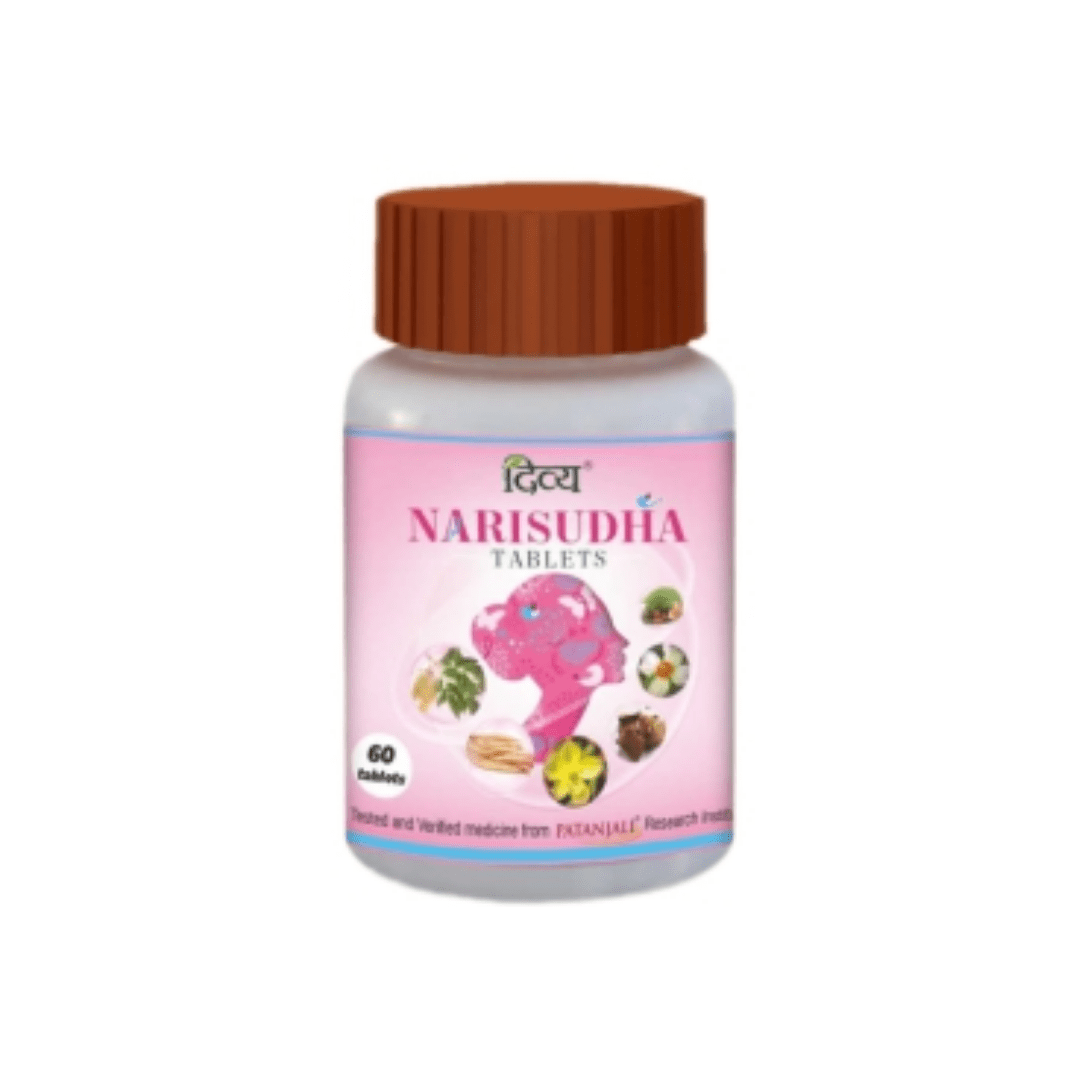

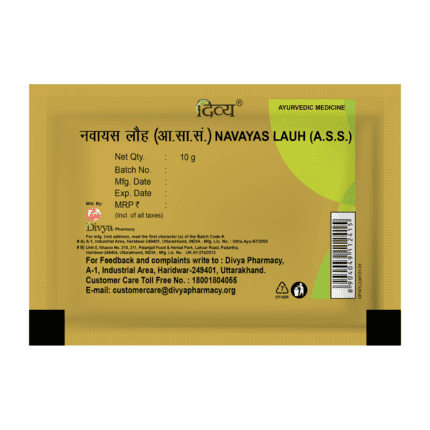
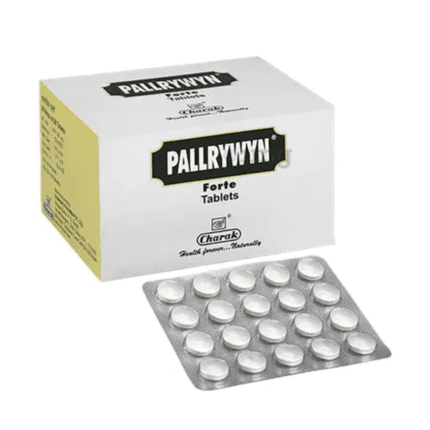
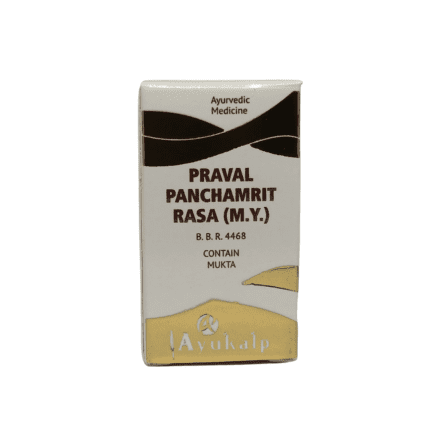
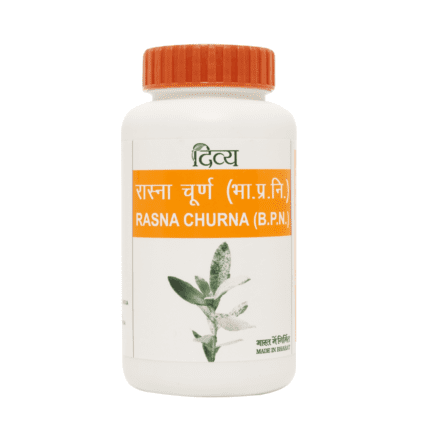
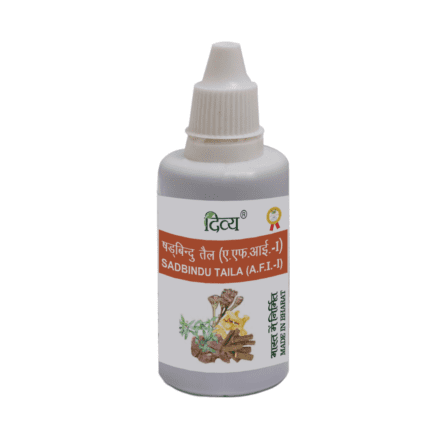
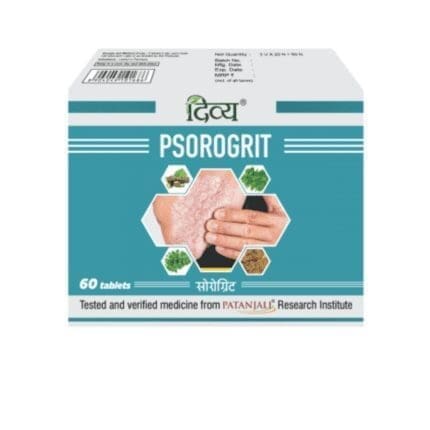
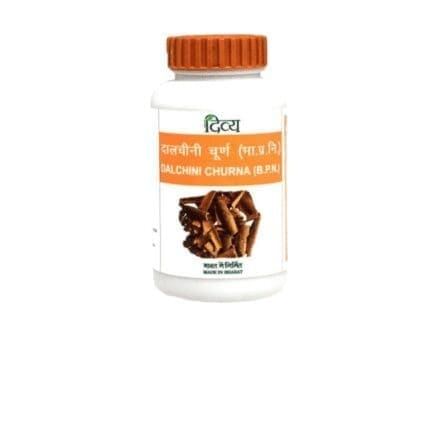
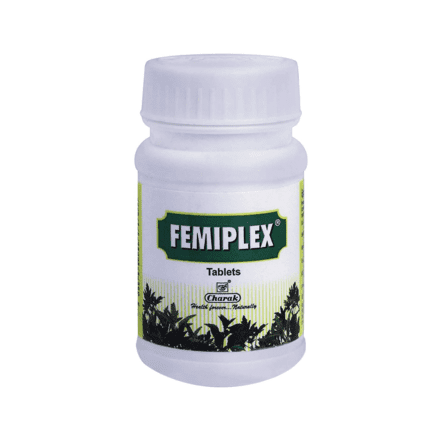
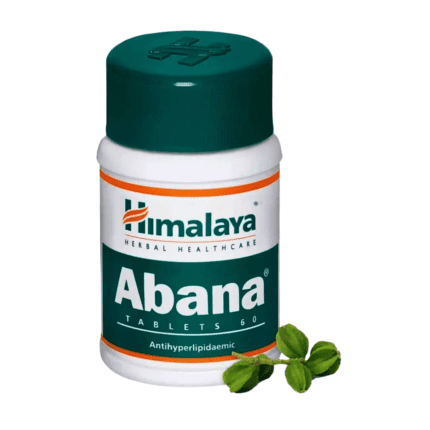


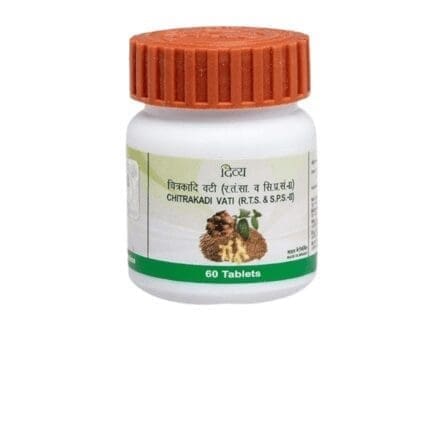
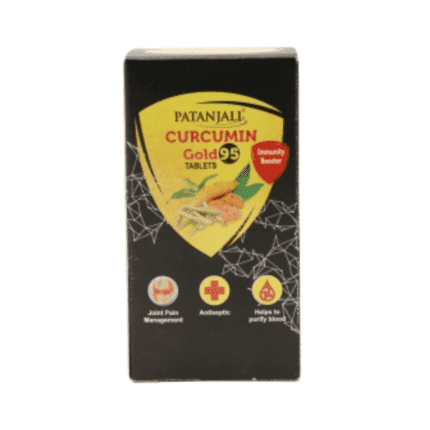
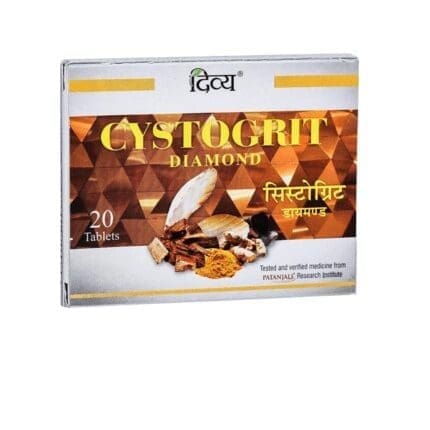

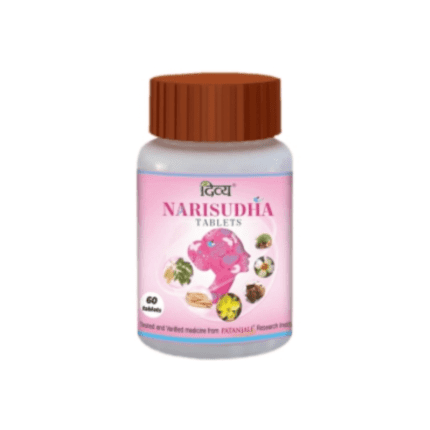
Reviews
Clear filtersThere are no reviews yet.